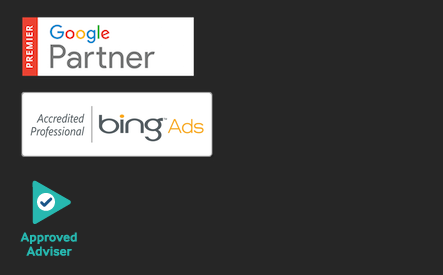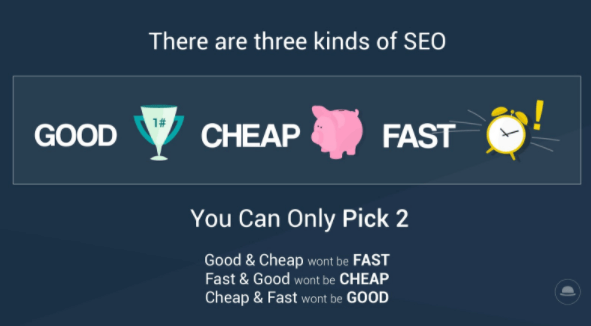If you were wondering which attribution model to use for your business, there might not be a correct answer. An attribution model is a tool in Analytics and Google Ads that can be used to assign credit to the different touch-points on a path to conversion. Understanding your customer buying behaviour is important.
Let’s quickly compare 2 products and the paths a customer might take before finally making a purchase.
Product: Mobile Phone Charger
A mobile phone charger is a low risk purchase and requires little research. When buying online, a customer is unlikely to do much research and make a decision relatively quickly.
Product 2: New Car
On the opposite side of the scale, a new car would be classed as a high risk purchase and requires a lot more research. If the customer doesn’t know what they want, they need to do some digging. Consider the various options that are available within their budget. Then from there, they may find a few options. Once they have a shortlist of cars, they then need to find where the value is. Which has the least mileage? Which colour do they like the best? They might then take it for a test drive. The cycle may take weeks or even months before the customer makes a purchase.
The key takeaway here is that some products are more important to a buyer than others and the journey they take to reach the end of the funnel can look very different. So from an organisational perspective, there are questions to be answered.
Where did the customer first come into contact with us?
What was the last touch point before the sale was closed?
How many times did they visit your site in between and through what channels?
It can be quite hard for all parties to come to an agreement on which attribution model is best, as everyone wants to take credit for the acquisition. So what is the best option? Let’s dive into the different models and review some scenarios where they would fit well.
Last Click Attribution
How it works?
A Last Click Attribution assigns all the credit for a conversion to a single touchpoint, can you guess which one? Yes… the last click! The channel that produced the end conversion takes all the glory.
Why would you pick last click attribution?
This model is good for businesses that ultimately want to determine what channel is closing the sale. This is particularly useful when the buying cycle is shorter and the conversion comes soon after the initial touchpoint. One possibility could involve a sales promotion that stimulates an immediate action (Buy 1 Get 1 Free Today!).
Last Click is the most commonly used attribution model. This is mainly down to the fact that this is the default model used by Google Analytics & Google Ads. Be aware that this doesn’t mean it’s the right attribution to use.
![]() First Click Attribution
First Click Attribution
How it works?
I know what your thinking…First Click Attribution sounds quite similar to Last Click Attribution. Well it is quite similar, except it’s exactly the opposite. All the credit goes to the channel that attracted the customer in the first place.
Why would you pick first click attribution?
This model is good for measuring the success of brand awareness from assigning credit to the campaign that caused the first interaction with the business. This information is handy to have as it can help a brand understand what channels are initially attracting customers.
As an example, if a clothing startup has set up some new marketing campaigns across a number of channels for a range of trainers and a customer first sees the product on a sponsored ad on Facebook, but ends up converting from a PPC campaign, this would give all the credit to the Facebook campaign. The brand can then generate a better understanding of what channels are attracting customers in the first place and focus the spend on those channels to continue to drive awareness.
Position Based (U-Shaped) Attribution![]()
How it works?
Using a position based attribution model assigns more credit to certain stages within the buying cycle. Typically, both the first and last touchpoint receive 40% of the conversion credit each and the remaining 20% is assigned to every stage in between. This allows marketers to gain a solid understanding of where the leads are initially being generated, what the customers do after that and then finally where the conversion is made.
Why would you pick position based attribution?
Multi-touch attribution models work particularly well with B2B businesses that have a deeper understanding of their buyer journey. If the funnel is more complex and has several stages, this model supports the continuous development of each stage. This model can help determine where customers are drawn in, where they touch before converting and where they convert. This information can provide insights on whether a channel should have further investment or be dropped altogether.
Position based would be an ideal attribution model to use for a retail brand as the first & last interaction are the stages that help the business see what initially attracted the customer to the product and the point that pushed them through to purchase.
Linear Attribution![]()
How it works?
A linear attribution model assigns an even amount of credit to every channel involved in the buyer journey. This model is good to look at when trying to develop a deeper understanding of the stages within the cycle. Linear attribution doesn’t help to determine which channels are the most influential, and for businesses with hundreds of touch-points, this can cause confusion when choosing which channels to focus on improving.
Why would you pick linear?
This model is good for marketers that want to develop a better understanding of the customers journey to conversion when there are just a few channels and touch-points with a shorter sale cycle. A linear model would also give some good insights when benchmarking against other attribution models to see what channels would get more credit when the full picture is considered over the stages that are considered more valuable.
Time Decay Attribution![]()
How it works?
Time decay attribution gives credit to every stage of the buying cycle with more value given to the stages towards the end of the journey. This is a good option if the buying cycle is long term time-wise, to gain a better understanding of what channels are pulling leads through to the final conversion.
Why would you pick last click?
If there are a lot of leads coming through the system and the buying cycle takes a while, this attribution highlights the stage that is impacting customers to push on to the end of the funnel. Focusing more on these channels might help to boost the speed to conversion for potential prospects. Time Decay is known as a lighter last click model. The credit stills goes to the stages towards the end of the funnel.
Data Driven Attribution
How it works?
Data driven attribution is a custom model that is bespoke to the business involved. This model requires continuous development and work to help it improve with a stream of fresh data moving in. If you have a good understanding of the buyer journey, the more influential channels can be given more weight when assigning conversion values, which is better than just offering more weight to first and last touches. This model involves more work from the users, with more demand for custom configuration.
Why would you pick last click?
This model is only available to certain Google Ad accounts that meet specific conversion criteria. It works by analysing data points to determine what the specific weighting should be when a conversion occurs. By comparing click paths or customers who convert and those who don’t, the model determines patterns on the clicks that lead to conversions. It then distributes credit in favour of the converting Campaigns, Ad Groups, Ads & Keywords.
Some tips to consider…
What’s the goal?
Look to whatever it is you’re trying to achieve. What do you already know about your buying cycle? If you want to push your marketing efforts to create more demand, look to the data at the top end of the funnel. If you want to find out where the customers are converting, look at the bottom end. Remember, you’re not limited to one type of model so use the different models to their strengths, especially before making any important decisions.
How many touch-points do your customer usually travel through?
The more interactions your customers have before conversion will have an effect on the model that you choose. As an example, you wouldn’t opt for a Last Click attribution for a complex, long-winded buying cycle because it assigns no credit to the channel that initially attracted the prospect, or the stages in between that have nurtured the customer to the final stage.
How long does it take for a lead to convert?
The more basic models (like first and last touch) fail to paint the full picture when it comes to longer sale cycles. If leads are taking a while to convert, it generally means that the route to the end is more complicated and leads may choose revisit the site several times and compare it against your competitors. There is more opportunity to use remarketing techniques for longer journeys.
Optimise the models to suit your business.
You’re not limited to to one model. Each type of attribution will offer different insights that will influence your marketing efforts. Look at the data you have to find out about your leads and how they interact with your business before converting. Find out what channels are creating demand, which are nurturing the prospects and then what’s finally pushing them through to conversion.

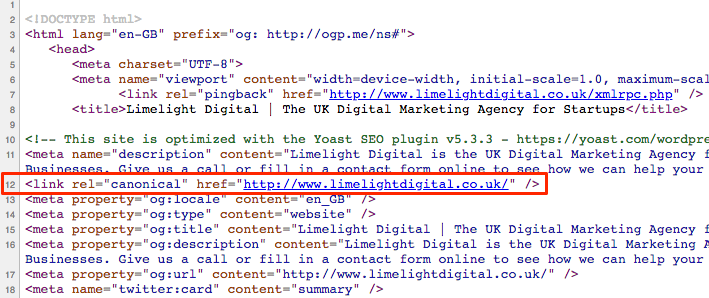



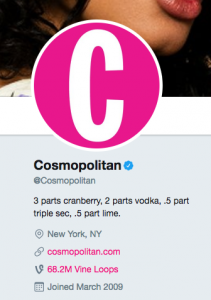

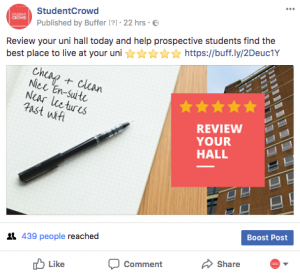





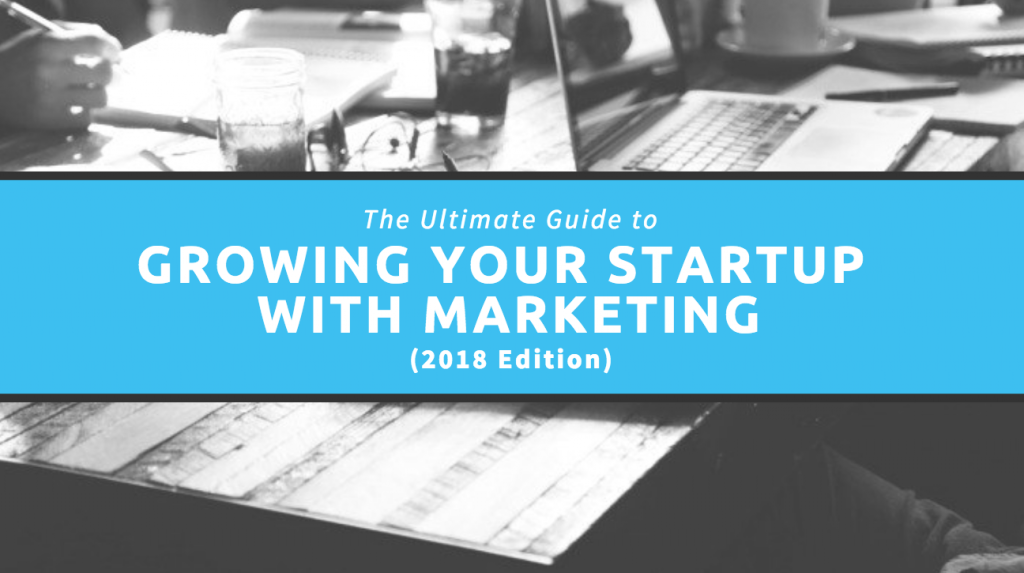

 You may have heard about the importance of Search Engine Optimisation (SEO) for your startup business’ website.
You may have heard about the importance of Search Engine Optimisation (SEO) for your startup business’ website. Pay-per-Click advertising (PPC) does exactly what it says on the tin.
Pay-per-Click advertising (PPC) does exactly what it says on the tin.

















